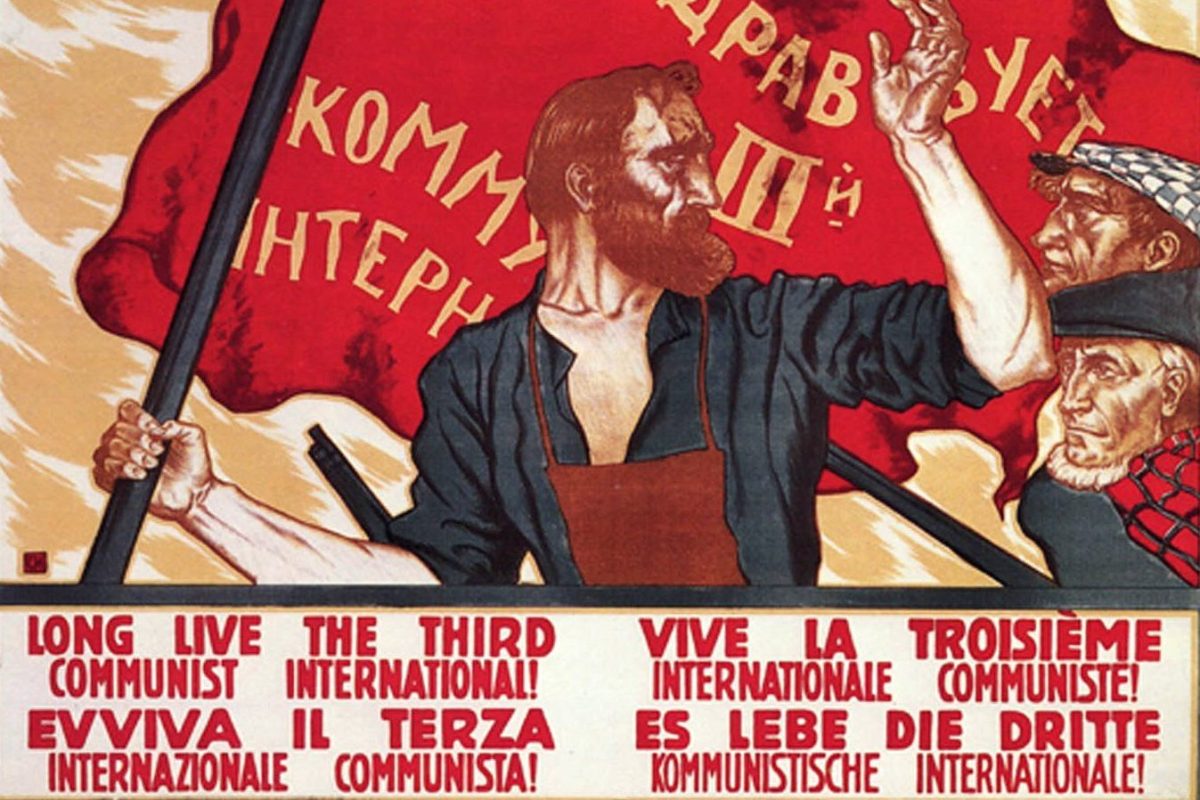Symptoms are the physical signs of an underlying problem. At the moment the Irish economy has a series of symptoms which would send the average doctor fleeing to the hills. But according to Brian Lenihan everything is stable and the economy is fine thank you very much. Of course Mr Lenihan’s analysis was designed for the press and to settle the nerves of the international speculators. The role of the press being to present the public face the government wants to portray to the middle class and the working class. But now after only a few days, the Irish government faces more problems as the interest rates they have to pay on their Government Bonds hits record highs. Lenihan’s claims have been proven as worthless.
But as Fightback explained a few days ago the reality is that the economic situation is very volatile and the massive black hole of NAMA and the huge risk posed by the €25 – €35 billion needed to shore up Allied Irish Bank aren’t the sort of thing that can be swept under the carpet. The speculators and the European Central Bank, the IMF; all of the players and the institutions of the world financial system are acutely aware of the reality.
A few weeks ago the Irish Banks underwent a “Health Check” which gave the impression that they were fine. But this seems to have been a misrepresentation of the situation. The truth is that the Irish Banking system is built on sand and the sands are shifting dramatically. Under these conditions the most exposed bank or the most exposed country will suffer as the speculators get cold feet.
In the past, the rival European states had the option of competitive devaluations of their currencies. The Punt could be devalued against the Italian Lira or the Deutschmark. That option is closed off within the eurozone. So now the variation in the economies is expressed through different prices, rates of inflation and the different levels of interest that they need to pay to people (the banks and financial institutions) to buy up the government bonds; which they use to raise money.
When the economy was on the up then everything was fine, the uneven development of the different economies was masked by buoyant governmental finances and it was relatively easy to secure a “AAA” rating from the Credit Rating Agencies. When the European economies hit the wall a couple of years ago, not only did they slow down and go into recession, but they did so at very different rates and to very different degrees. Combined with the different financial situations of each government the upshot has been that a number of the economies are very exposed. Greece was the first to hit the wall and Portugal, Spain and Ireland are not far behind. The extent of the Irish property bubble and the relatively small size of the Irish banks means that there is growing pressure on the Irish Government to “do something” about the situation.
Neil Shah reporting in the Wall Street Journal on 7th September explained the jump in the interest rate that the Irish government was forced to pay on its bonds
“Overall, the government has injected about €33 billion, or 20% of Ireland’s gross domestic product, into its banking system, which suffered huge losses when the nation’s real-estate bubble collapsed during the height of the financial crisis.
While worries about European banks rattled investors around the globe Tuesday, Ireland was among the biggest casualties. The premium Ireland must pay, relative to what Germany pays, to borrow from Europe’s bond market hit its highest level since the creation of the euro in 1999, before edging down slightly. The cost to insure Ireland’s government bonds also jumped, closing in on highs reached in March 2009.
Meanwhile, Ireland’s banks need to refinance some €30 billion of debt coming due this month, a challenge that could get harder if investors take fright. However, Irish banks have already raised a significant amount of cash earlier this year, notes Brian Devine, an economist at NCB Stockbrokers in Dublin. Anglo Irish has raised more than €2 billion and can take advantage of a special liquidity facility from Ireland’s central bank. Bank of Ireland and Anglo Irish Banks PLC have bonds they can use as collateral in exchange for loans from the European Central Bank”.
The problem for Cowen and Lenihan is that not only is the Irish economy in trouble, but it’s doing relatively worse than Germany and France. The increased cost of borrowing will bring more pressures for further cuts. If symptoms are signing of underlying problems, then perhaps we should be looking at Lenihan’s remarks about stability in the economy in a different light. An old Greek proverb says “Those whom the gods wish to destroy they first make mad” the Irish ruling class have no way out of the crisis of capitalism. Lenihan and Cowen are presenting the crisis in Irish Capitalism as “stability”. This is merely a modern symptom of the old story about the emperor’s new clothes. That fact is clear to the speculators and to the most advanced layers of working people; many of whom are drawing socialist conclusions from the events of the last couple of years.
The only force that can solve Ireland’s problems is not “Social Partnership” as advocated by the leaders of ICTU. Only the working class, armed with a socialist programme capable of changing society on the whole of the island of Ireland and internationally. The key to the situation has to be to equip the trade unions with a clear socialist perspective and programme and to win the best of the youth to the ideas of Marxism.





